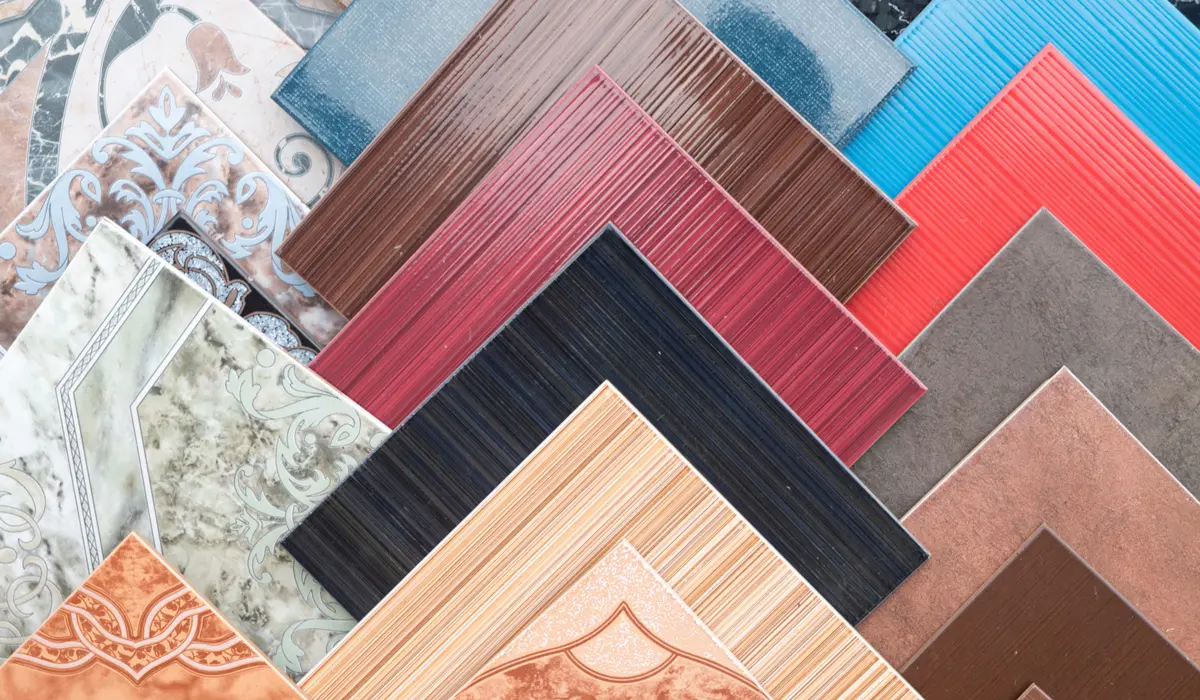Stop Using Tiles In Your Home? The Health Risks You Didn’t Expect

Tiles have become one of the most popular flooring options in modern homes. They are beautiful, easy to clean, and give houses a classy appearance. However, what many people don’t realize is that behind the shine and elegance, tiles may pose hidden health risks that affect you and your family in the long run.....CONTINUE READING THE FULL STORY HERE
While they are not harmful to everyone immediately, prolonged use and exposure can contribute to different complications that homeowners should be aware of.
One of the biggest concerns with tiles is their cold nature.
Unlike wood or carpet, tiles retain less warmth, which means they stay cold most of the time.
Walking barefoot on cold tiles can lead to joint pain, backaches, or even worsen arthritis in older people.
For children, sitting or playing on cold tile floors increases the risk of coughs, colds, and respiratory infections.
Another issue is the slippery surface of tiles, especially when wet.
This makes them a leading cause of falls and injuries at home.
Elderly people and small children are most at risk, and a single slip can result in serious complications such as fractures, hip injuries, or head trauma.
Tiles also collect dust and allergens in the grout lines and tiny cracks.
Over time, these hidden particles can trigger asthma, skin irritation, or allergies.
Some low-quality tiles even contain chemicals like lead or formaldehyde from their manufacturing process, which can slowly affect the respiratory system if exposed regularly.
On top of that, constant exposure to hard tile floors may affect posture. Standing or walking on them for long periods can strain your feet, knees, and lower back, leading to chronic pain.
Unlike softer flooring options, tiles provide no cushioning or support for the body.
While tiles look stylish, it’s important to weigh their health effects.
Safer alternatives like wooden flooring, vinyl, or even polished cement can be kinder to your body while still offering durability.
If you already have tiles, simple adjustments such as using rugs, warm slippers, or regular cleaning can help reduce the risks. Your home should be a place of comfort, not a hidden source of health problems. Sometimes, beauty comes at a cost—and in the case of tiles, that cost may be your well-being.
